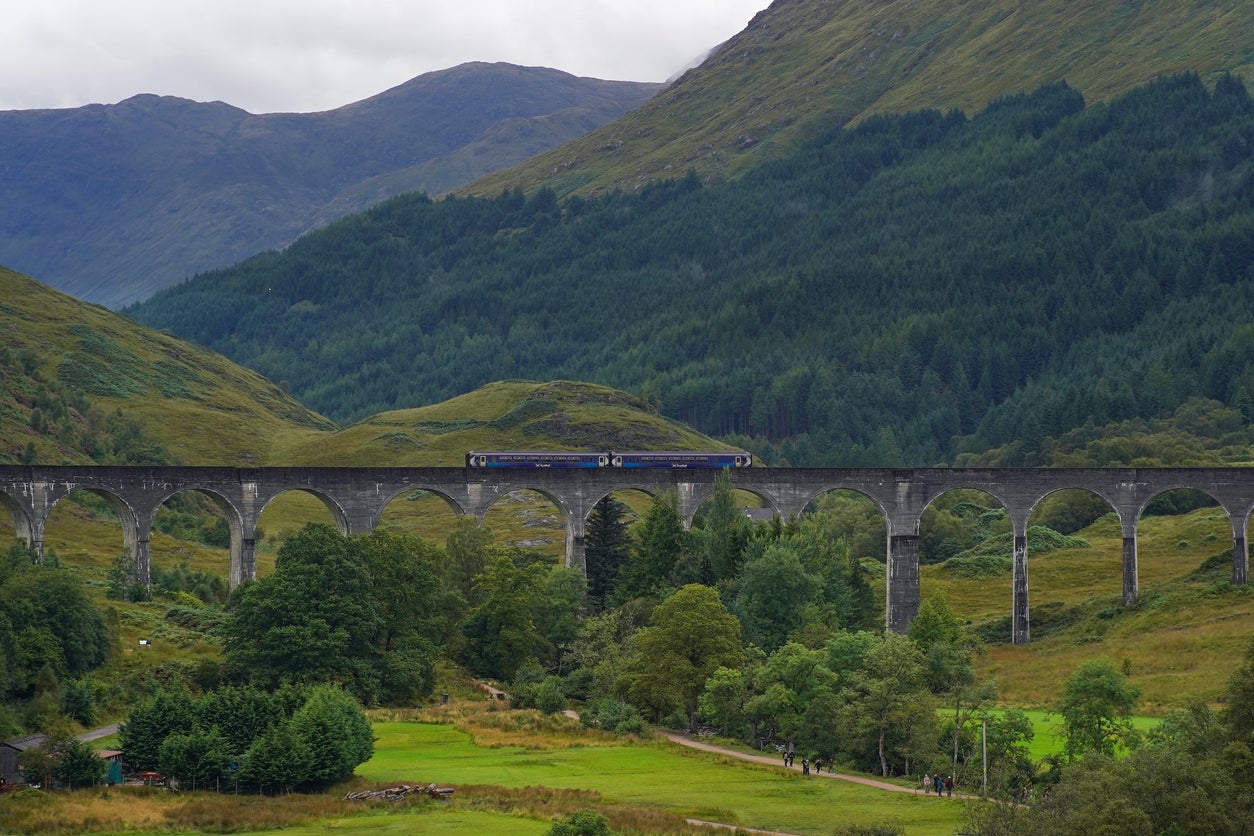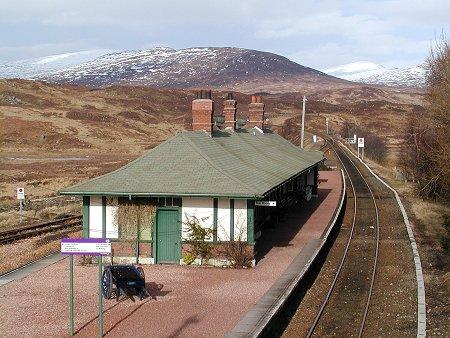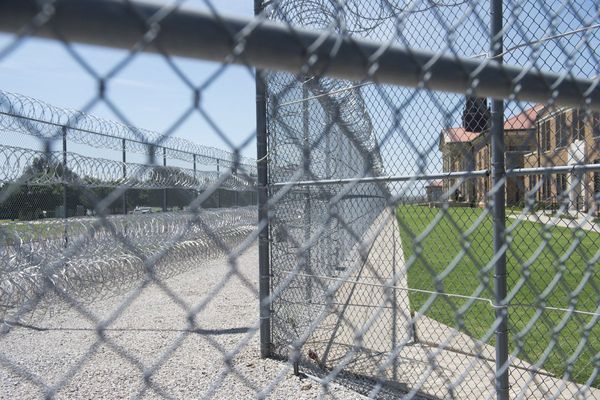The West Highland Line, often hailed as one of the world's most scenic railways, is set for a £15 million upgrade and repair programme.
This iconic Scottish route connects Glasgow to Oban, Fort William, and Mallaig, famously featuring the Glenfinnan Viaduct, seen in the Harry Potter films.
The comprehensive work involves replacing 10km (6.2 miles) of rail and 9,100 sleepers, improving drainage, and refurbishing critical structures.
However, passengers face disruption with the line closed between Crianlarich and Fort William from the evening of Friday, November 7, until the morning of Monday, November 17.
Explaining the upgrades, Ross Moran, route director at Network Rail Scotland, said: “This is a significant investment in the future of the West Highland Line, helping to ensure it remains safe, reliable and resilient for years to come.
“The route is vital for the communities it serves and for the many visitors who travel to experience one of the most scenic rail journeys in the world.
“We appreciate there’ll be disruption as a result of this work and thank passengers and communities in advance for their patience.
“These upgrades are essential to keeping services running smoothly in a remote and challenging environment.”

The work also includes the renewal of a railway bridge near the remote Corrour station, which featured in the 1996 film Trainspotting, including vegetation management and the renewal of five culverts.
Mark Ilderton, ScotRail service delivery director, said: “The West Highland Line is a vital connection for the communities it serves as well as an important gateway for Scotland’s tourism industry, which is why these essential works are so important.
“While the work takes place, our priority will be on keeping people moving with rail replacement transport in place.
“We’re grateful to customers for their understanding and patience while Network Rail carries out these improvements.”

While the work is under way Network Rail will use Rannoch and Tulloch stations as temporary compounds.
It advised passengers to plan ahead for journeys during the engineering work and check with their train operator for alternative travel options.







